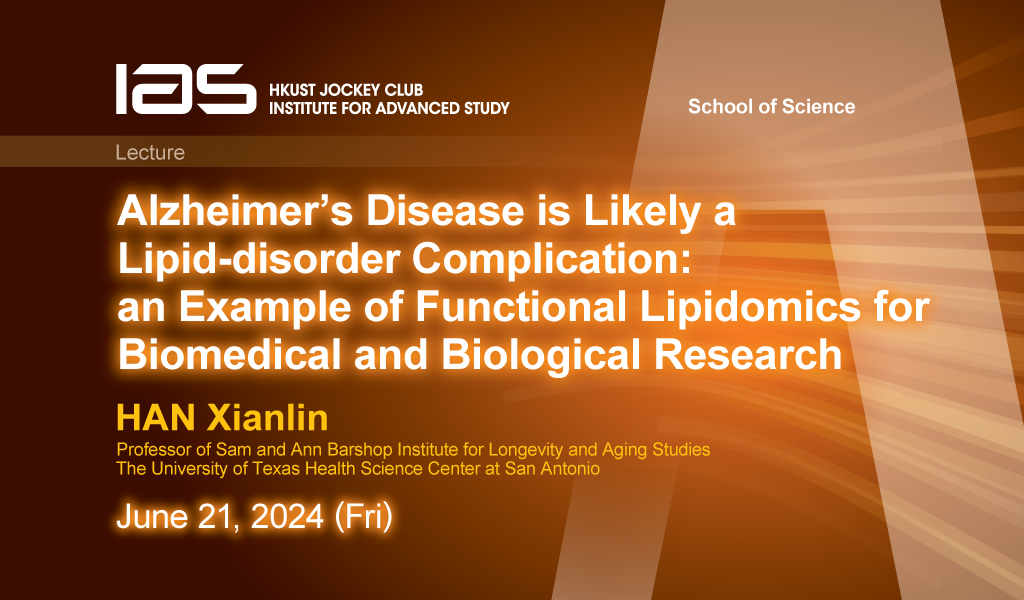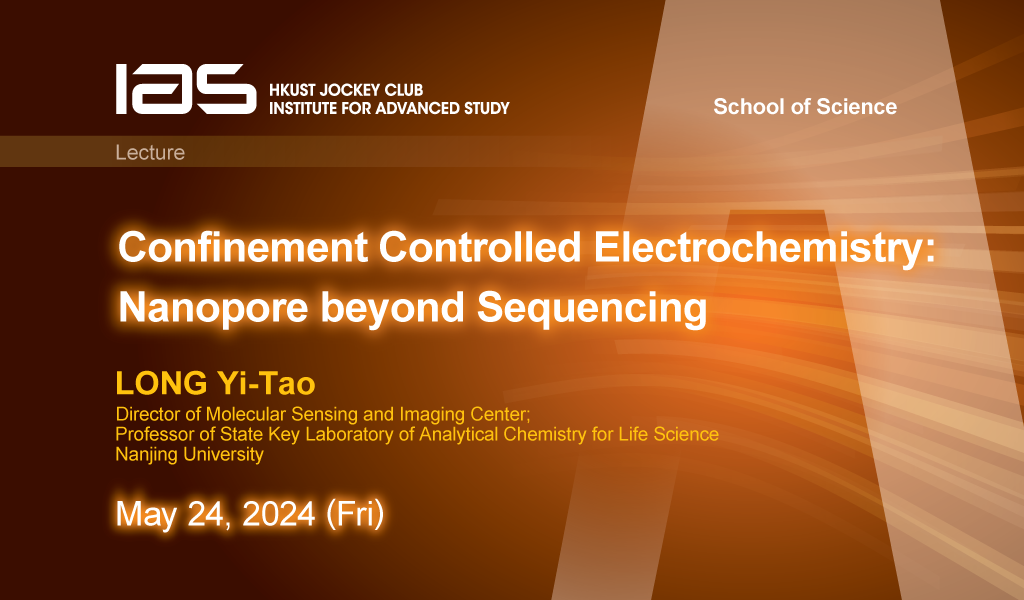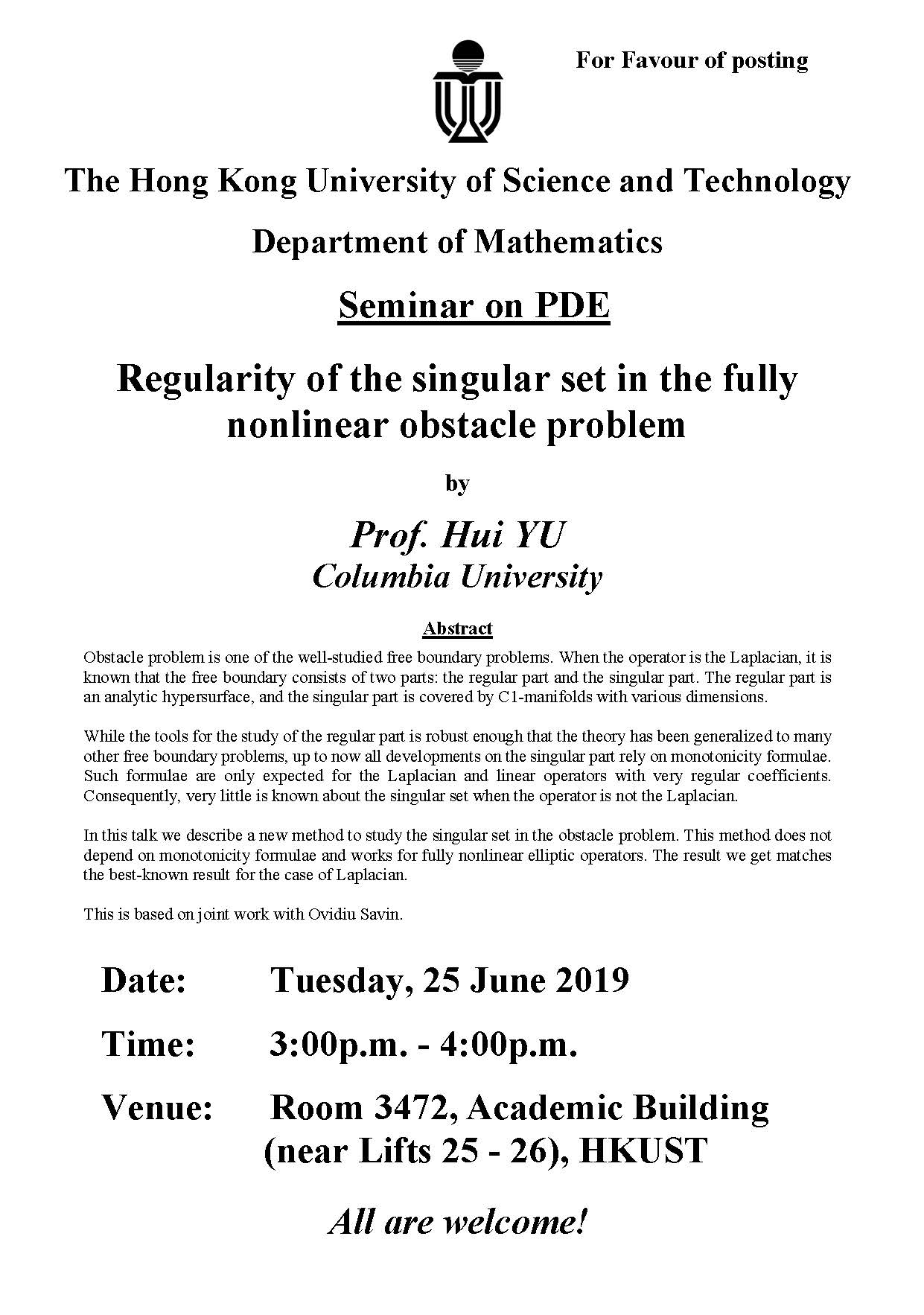Obstacle problem is one of the well-studied free boundary problems. When the operator is the Laplacian, it is known that the free boundary consists of two parts: the regular part and the singular part. The regular part is an analytic hypersurface, and the singular part is covered by C1-manifolds with various dimensions. While the tools for the study of the regular part is robust enough that the theory has been generalized to many other free boundary problems, up to now all developments on the singular part rely on monotonicity formulae. Such formulae are only expected for the Laplacian and linear operators with very regular coefficients. Consequently, very little is known about the singular set when the operator is not the Laplacian. In this talk we describe a new method to study the singular set in the obstacle problem. This method does not depend on monotonicity formulae and works for fully nonlinear elliptic operators. The result we get matches the best-known result for the case of Laplacian. This is based on joint work with Ovidiu Savin.
25 Jun 2019
3pm - 4pm

Where
Room 3472, Academic Building (near Lifts 25 - 26)
Speakers/Performers
Prof. Hui YU
Columbia University
Columbia University
Organizer(S)
Department of Mathematics
Contact/Enquiries
mathseminar@ust.hk
Payment Details
Audience
Alumni, Faculty and Staff, PG Students, UG Students
Language(s)
English
Other Events

21 Jun 2024
Seminar, Lecture, Talk
IAS / School of Science Joint Lecture - Alzheimer’s Disease is Likely a Lipid-disorder Complication: an Example of Functional Lipidomics for Biomedical and Biological Research
Abstract
Functional lipidomics is a frontier in lipidomics research, which identifies changes of cellular lipidomes in disease by lipidomics, uncovers the molecular mechanism(s) leading to the chan...

24 May 2024
Seminar, Lecture, Talk
IAS / School of Science Joint Lecture - Confinement Controlled Electrochemistry: Nanopore beyond Sequencing
Abstract
Nanopore electrochemistry refers to the promising measurement science based on elaborate pore structures, which offers a well-defined geometric confined space to adopt and characterize sin...

